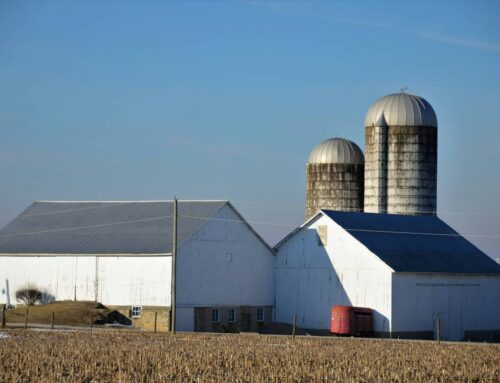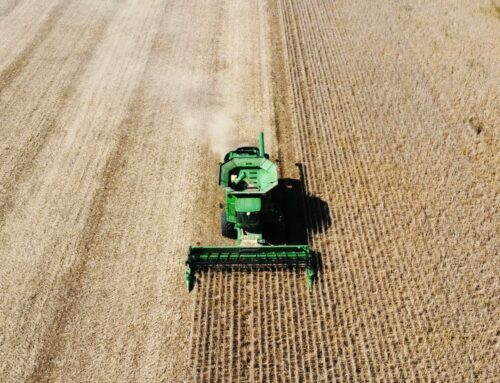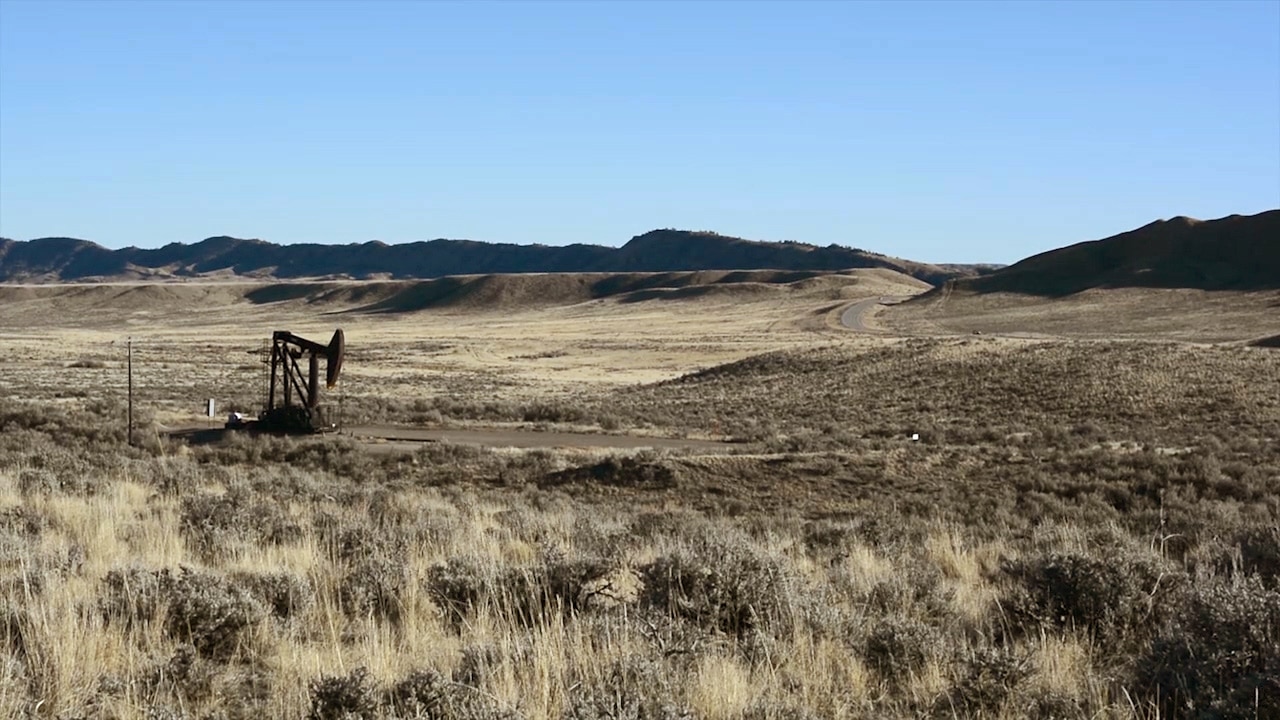Two weeks after the 2014 farm bill technically expired, leadership of House and Senate Agriculture Committees are at loggerheads on a final bill. Headlines focus on the chasm between the chambers over House Republican efforts to expand work requirements for SNAP (formerly food stamps) recipients, but the truth is there is no agreement on any of the 13 titles in the bill. Everything from income entitlements for farmers, to rural development, to biofuels programs is up-in-the-air. This is what happens when negotiators don’t say no to anyone (except each other), and par for the course for farm bills. But for taxpayers this must change if we are ever going to see farm bill legislation, or in fact any legislation, we can truly afford.
Backstory on the Farm Bill
The Agriculture Committees always resist change. Massive farm bills are as much an exercise in protecting the committee’s power and spending authority as they are anything else. Sure there’s plenty of talk about safety nets and finding solutions to critical problems. But, conveniently those solutions are packaged in a new or expanded government program (or tax break) and carry a hefty price tag. One that is at least as much as last year’s, plus a little more. And any trade-offs or pay-fors they include to cover this price tag are typically inadequate, often fake, and almost always planned for far out in the future. That’s one reason farm programs, given time, always cost more than the Congressional bean counters project. It’s also why a reduction in spending growth is considered a “cut” in Washington and why Congress has been unable to live within budget caps.
The 2014 farm bill, first drafted out of public view in 2011, was an exquisite example of spending baseline protection. Produced in the halcyon days when deficits appeared to still matter, agriculture committee leaders couldn’t help but claim that the nearly trillion-dollar bill would actually reduce deficits…by $23 billion! But this was smoke and mirrors. As outdated crop price assumptions in the official cost estimate and other creative accounting measures met the real world, the price tag for farm safety net programs skyrocketed. Plus before the ink on President Obama’s signature was even dry, the agriculture committees started piling on more spending not included in the farm bill. It was $300 million for cotton processors here, $1.1 billion for dairy there, another $2.6 billion in “emergency” subsidies every which where, and next thing you know any quaint notion of savings coming from the farm safety net programs vanished.
Where We Are Now
Which brings us to the 2018 farm bill, price tags, and legislative promises. Any final agreement between the House and Senate is set up to be yet another budget buster. The House and Senate bills include numerous provisions that will increase spending. The Senate makes over-budget “shallow loss” programs costlier by changing which data is used to calculate the amount of crops harvested. The House includes a price escalator allowing government guaranteed prices to go up (but not down). The family farming loophole is blown open by adding cousins/nieces/nephews. There’s a vaccine bank for livestock. A “buy American” provision for salmon. A special government guaranteed price for sushi rice. Even the House’s changes to SNAP actually are projected to increase spending as reduced spending on SNAP benefits is offset by increased spending on the bureaucracy administering the program. Those various SNAP changes are a nonstarter in the Senate. As is the House’s elimination of the Conservation Stewardship Program (the Senate expands it). As is the Senate’s elimination of a subsidy program for cotton mills (the House expands it). On and on and on.
The House and Senate aren’t negotiating. They’re demanding the other side take it or leave it. With an emphasis on taking the changes that increase spending while leaving the pay-fors on the wayside.
So, What Now?
It doesn’t have to be this way. There’s actually a lot of agreement on how to create farm bill-funded safety nets taxpayers can afford. The Trump and Obama Administrations proposed many of the same common sense changes to farm subsidies. Environmentalists and fiscal conservatives have found common ground.
But a farm bill that truly works for everyone requires more seats at the negotiating table for those who bear the costs and consequences. And it needs to be a negotiation. One focused on creating cost-effective policy that is responsive to current needs and conditions, and in which all parties are held accountable for producing results benefiting the public interest. If it’s yet another parochial farm bill free for all, the only thing we’re going to harvest is trillion dollar deficits.










